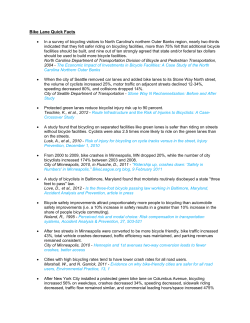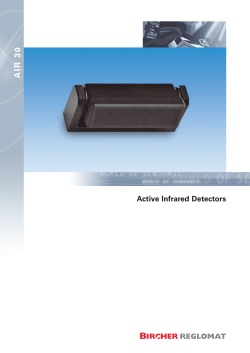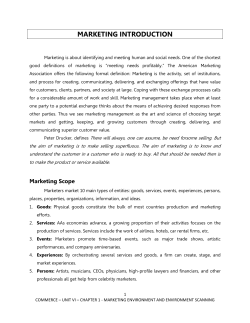
Hazard Perception! OWENS DRIVING SCHOOL A presentation by:-
Hazard Perception! A presentation by:- OWENS DRIVING SCHOOL What is Hazard Perception? • Seeing and recognising, potential or actual, dangerous situations before they develop into life threatening situations. Licence Classes LICENCE CLASSES Red ‘P’s Min 12 mths Valid for 18mths 90 km/h H.P.T. Must pass to progress to P2 Licence Green ‘P’s Min 24 mths Valid for 30 mths 100 km/h D.Q.T. Driver Qualification Test Types of Crashes - No 1 • Front to Tail (or Rear End Shunt) • Too close to the vehicle in front • Too fast for conditions • Loss of concentration Types of Crashes - No 2 • Adjacent from left or right • Not scanning driving environment properly • Travelling too fast • Misjudgment of distance and speed Types of Crashes - No 3 • Front offset crash • Not scanning driving environment properly • Travelling too fast • Misjudgment of distance and speed Types of Crashes - No 4 • Off road on curve or bend • Distraction from the driving task • Speeding • Lack of steering control • Falling asleep at the wheel Types of Crashes - No 5 • Off road on straight section • Distraction from the driving task • Speeding • Lack of steering control • Falling asleep at the wheel Provisional Crashes. WHY? • • • • • Inexperience Overconfidence travelling too close too fast for conditions not looking far enough ahead (aiming high) • not scanning enough • choosing incorrect gaps Central/Peripheral Vision Central Vision •3 Degrees wide •Read & See with in Detail •Used in scanning the driving environment Peripheral Vision •180 degrees •Full field of vision •Blurred •Detects hazards Aim High Look right down the road as far as you can see. (Approximately 12 seconds) This enables you to see the whole driving environment. See the Whole Scene Look and identify each and everything in your field of vision. Be aware of every actual and potential hazard, ready to take appropriate action. Keep Eyes on the Move Look for changes in conditions Movement Unexpected events Vision Blockout VISION BLOCKOUT •A dangerous situation occurs when an object obstructs your vision. •Never proceed unless all possible collision paths are clearly visible. •If forward movement is essential, it must be at the slowest possible speed, with all thoughts towards stopping Space Cushion Safety gap all around your vehicle. Keep central in lane Keep left on road Constantly check your rear vision mirror Allow for others mistakes Do not drive in other driver’s blindspots.
© Copyright 2025





















